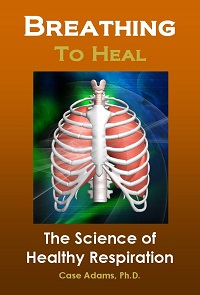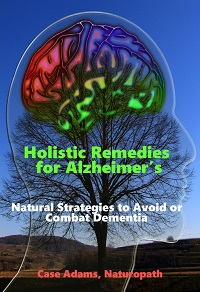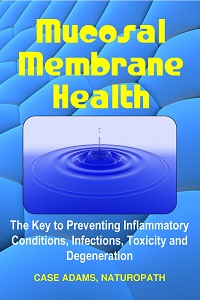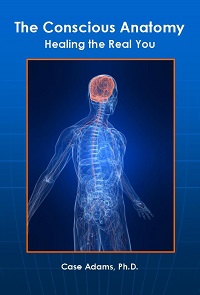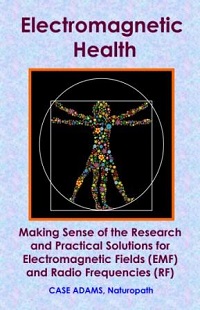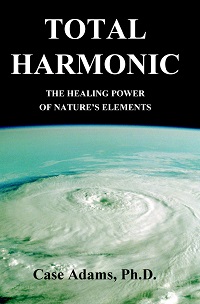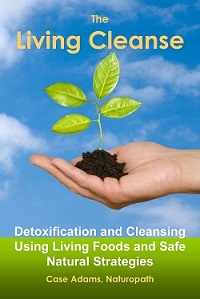Skyscrapers are Harming our Health and Our Planet
The dramatic rise in the number of skyscrapers around the world is making some health experts worried about the harm that skyscrapers have on our health. This is because skyscrapers in dense cities can block a significant amount of natural light exposure.

This London view of skyscrapers from the street illustrates how light is blocked by high-rise buildings, affecting our health for the worse.
In this article
Dramatic rise in skyscrapers
The past few years have seen a dramatic rise in the building of skyscrapers around the world. In 2018, there were 143 buildings built over 600 feet.
The total number of buildings around the world has grown by 141 percent since 2010. There are now 1,478 buildings over 600 feet tall. By the end of 2019, the number is expected to be 1,598 skyscrapers.
Yes, China is building these out faster than anyone else. Currently, China has 61 percent of the world’s skyscrapers. But even the 39 percent left around the world are being built in cities that are now densely packed with multiple skyscrapers and urban canyons. Cities with dense skyscrapers are casting long shadows in New York, San Francisco, Los Angeles, Hong Kong, Tokyo, London, Paris and many others.
According to a 2015 study, high-rise buildings can block up to 90 percent3 of the direct UVA and UVB wavelengths of light to surrounding areas.
Why is this important? Because a group of skyscrapers will radically block out the rays of the sun through much of the day for a majority of those living in or around the skyscraper complexes.1
Blocking sunlight harms our health
The sun’s rays are a basic requirement for human health. As discussed in my book on the topic, the sun produces a multitude of radiation wave types that our bodies require to maintain health.
Natural sunlight is required for a number of healthy biological processes in the body. These range from the immune system to the production of hormones in the body. Conditions such as multiple sclerosis, diabetes and food allergies have been linked to lack of sunlight.
Sunlight also helps extend the working life of our eyes. A 2017 meta-analysis study reviewed research over the past 40 years. They found that myopia (short-sightedness) was associated with a greater proportion of indoor time and reduced outdoor sunlight exposure.2 They also found that myopia in Asian rose from about 20 percent after World War Two to greater than 80 percent today. This is due to greater indoor time combined with a mass exodus from rural areas to cities.
Vitamin D is another important effect of natural sunlight. Ultraviolet-B rays are important in order for our bodies to produce the most natural and healthy form of D vitamin. This form of vitamin D lasts at least twice as long in the bloodstream compared to supplements according to some research.
According to the World Health Organization, over 80 percent of our vitamin D comes from sun exposure in the world’s population. Vitamin D is not only necessary for healthy biological function: A lack of vitamin D increases our risk of various disorders, such as tuberculosis.
As the sun is blocked for city dwellers, the risk of scurvy and other conditions is increased as a result of less vitamin D production.
But the sun also produces other forms of radiation and light that affect our thinking and behavior as well. These I discuss in my book as well. Missing these forms of sunlight will affect our moods, our hormone levels, our sleep and energy levels.

This photo illustrates how an urban canyon can turn a day into darkness.
Not having enough sunlight, for example, can lead to depression. This is the type of depression called Seasonal Affective Disorder (SAD) that affects so many who live not just in rainy or snowbound areas. SAD is rare in rainy or snowy areas where people go outside4 and get natural sun. SAD is more predominant in cities, due to the lack of sunlight. Currently approximately 10 percent of the world’s population suffers from SAD.
Indeed, decreased natural light around skyscrapers also increases our exposure to blue light. Increased blue light exposure has boosted the risk of sleep disorders and circadian rhythm problems.
Skyscrapers also harm our planet’s health
Yes, skyscrapers do harm our planet in a number of measures. Per square foot, skyscrapers require more energy to heat and cool than shorter buildings. A building taller than 20 floors will utilize almost two-and-a-half times the electricity compared to those with less than 7 floors.
While more research needs to be done to explain this, most scientists contend that larger buildings are have greater wind exposure and receive less sunlight. This combination means they utilize so much more energy.
The primary issue is sunlight, because sunlight keeps a home warmer. It also keeps the home lit longer during the day. This requires the lights to come on later.
Sunlight also promotes the growth of plants and trees, which help absorb carbon monoxide and produce oxygen. This means that sun exposure is better for our planet than dense cities of skyscrapers that block the sun.
Many regions are making laws
The problem has become so widespread that some localities have created laws to help protect sun exposure. Most of these are based upon the old English property law called Ancient Lights. Ancient lights helps prevent windows and sunlight of other property owners from being blocked by new buildings.
The European Union’s DIN EN 17037 standard calls for minimum daylight around skyscrapers and other buildings. Germany recently adopted this standard for their building codes.
Japan and the United Kingdom have also been discussing laws to protect sunlight exposure. And San Francisco developed Proposition K, the Sunlight Ordinance, to help retain areas of sunlight against more skyscraper development.
These ordinances call for a minimum amount of sunlight exposure. They are typically determined by measuring the shadow of the building. The shadow a building produces is limited by measurement when it comes to granting building permits.
Scientific References:
1. Zielinska-Dabkowska KM, Xavia K. Protect our right to light. Nature. 2019 Apr;568(7753):451-453. doi: 10.1038/d41586-019-01238-y.
2. Lagrèze WA, Schaeffel F. Preventing Myopia. Dtsch Arztebl Int. 2017 Sep 4;114(35-36):575-580. doi: 10.3238/arztebl.2017.0575.
3. Wai KM, Yu PK, Lam KS. Reduction of Solar UV Radiation Due to Urban High-Rise Buildings–A Coupled Modelling Study. PLoS One. 2015 Aug 11;10(8):e0135562. doi: 10.1371/journal.pone.0135562.
4. Graw P, Recker S, Sand L, Kräuchi K, Wirz-Justice A. Winter and summer outdoor light exposure in women with and without seasonal affective disorder. J Affect Disord. 1999 Dec;56(2-3):163-9.



